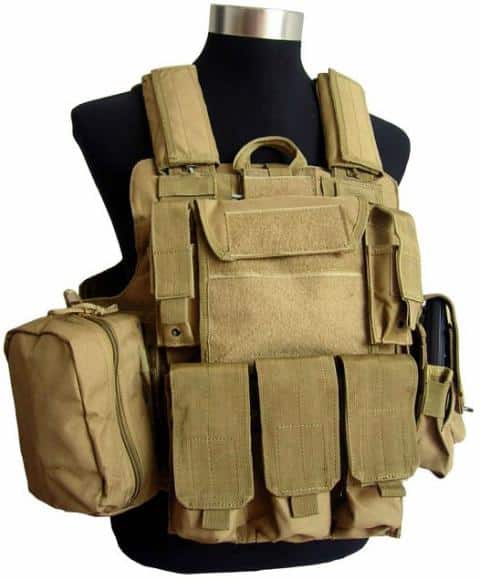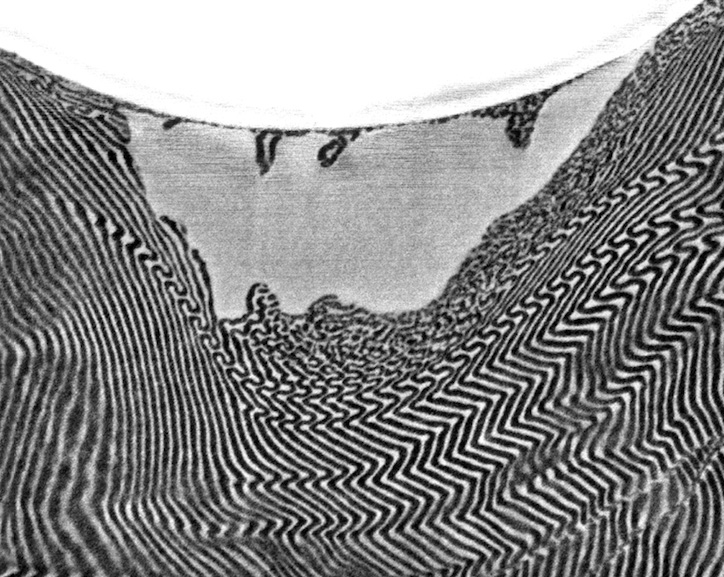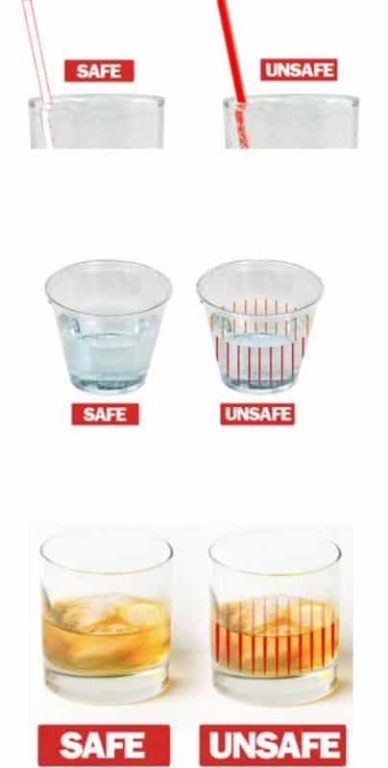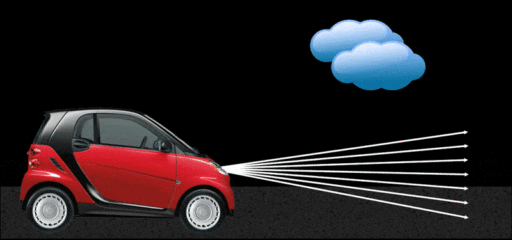It’s really interesting how bulletproof vests can resist a high-speed bullet and its impact. All the credit goes to the jacket’s inner materials. However, the material is heavier than usual clothing and could fail in near field blasts. MIT researchers have found that a newly developed “polymer material” can make bulletproof armors ultra-light and can resist speedy bullets more effectively.
A bulletproof vest consists of a panel, a vest-shaped sheet of advanced plastics polymers which are composed of many layers of either Kevlar, Spectra Shield, Twaron (similar to Kevlar) or Bynema (similar to Spectra). The layers of woven Kevlar are sewn together using Kevlar thread, while the non-woven Spectra Shield is coated and bonded with resins such as Kraton and then sealed between two sheets of polyethylene film. Naturally we think that in order to make better body armor, more materials need to be attached to its inner side. But that’s not true. Through smart layering, a better body armor can be made. Researchers at MIT and in France have developed a new self-assembling polymer material. Its structural design is like a layer cake. It comes with resilient rubber and rigid glass. Resilient rubber layers along with rigid glass layers provide durability and strength to the bulletproof armor.
The above image is a microscopic image of a cross-section of a layered polymer designed to withstand a speeding bullet. After making some of the places of bulletproof armor with those layered polymer , the team shot some tiny micro-balls at “edge-on” (this area was not layered polymer) and “head-on” (this area was layered polymer) to test its strength. The micro-balls were hundreds of times larger than the nano-layers in the armor and layered material was set to see the impact of the bullet. The team found, when the projectile hit “edge-on”, the material warped and caved at the point of impact. But when the projectile hit “head-on”, the material resisted the impact 30% more effectively. You can clearly see the tiny effects and changes in each layer of material. That means if the inner side of a bulletproof armor is built in a self-assembling polymer material, then it can resist speedy bullets and the impact more effectively.
That’s not all. The team also found that this few nano-meter thick new composite material can make bulletproof armors ultra-light. Scientists hope, their study would help bulletproof armor makers to make even better versions of bulletproof armor in the near future. You will find the details of the work in Nature Communications.
Source : MIT
[ttjad keyword=”best-selling-gadget”]





